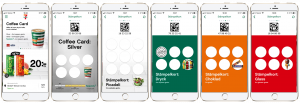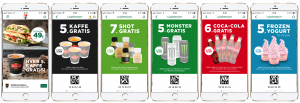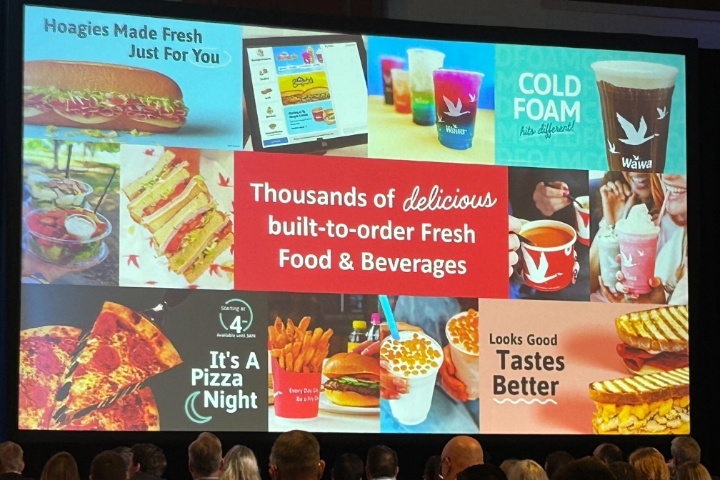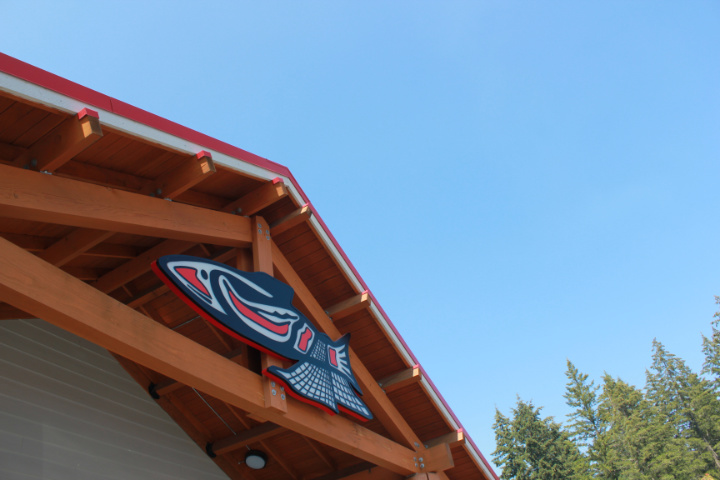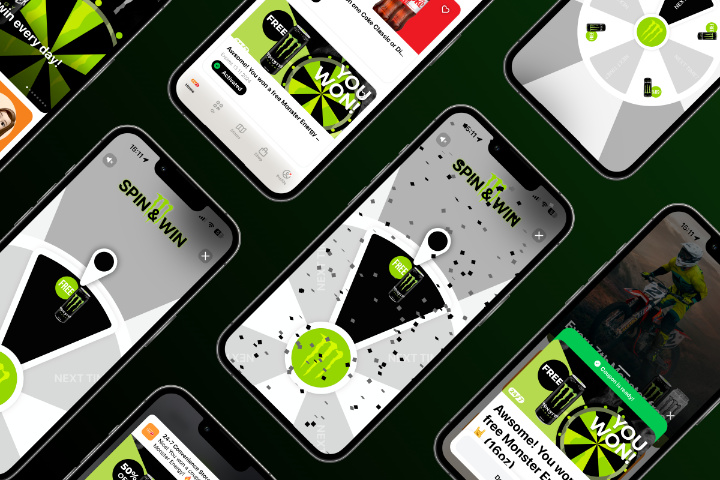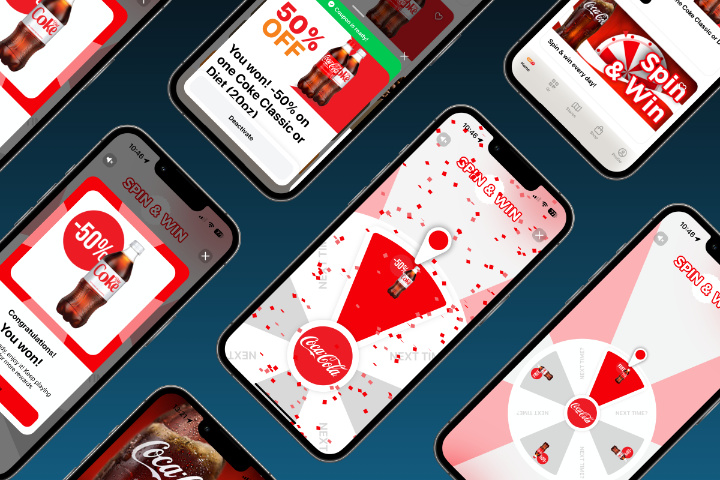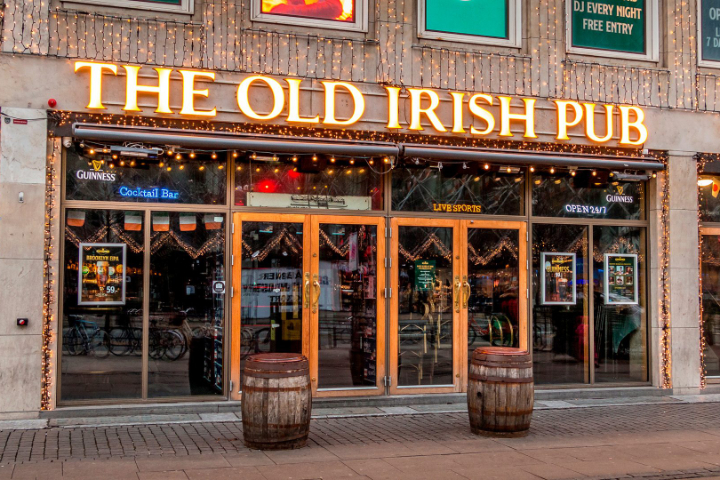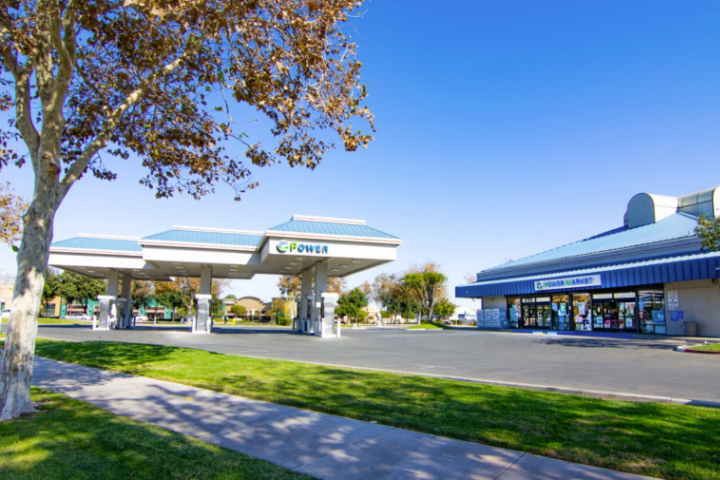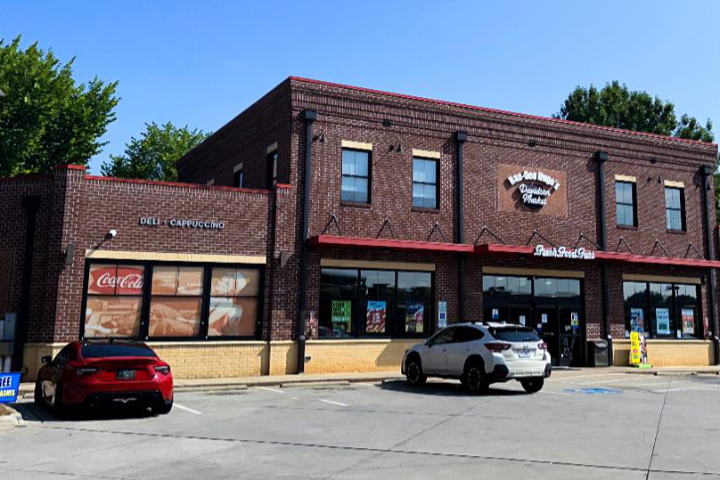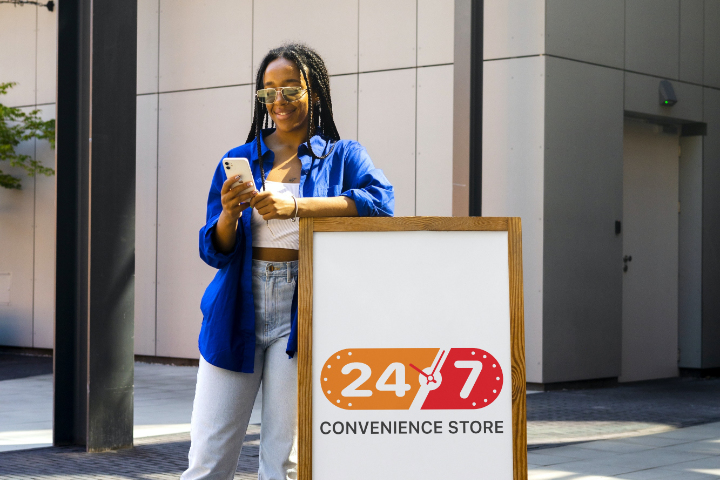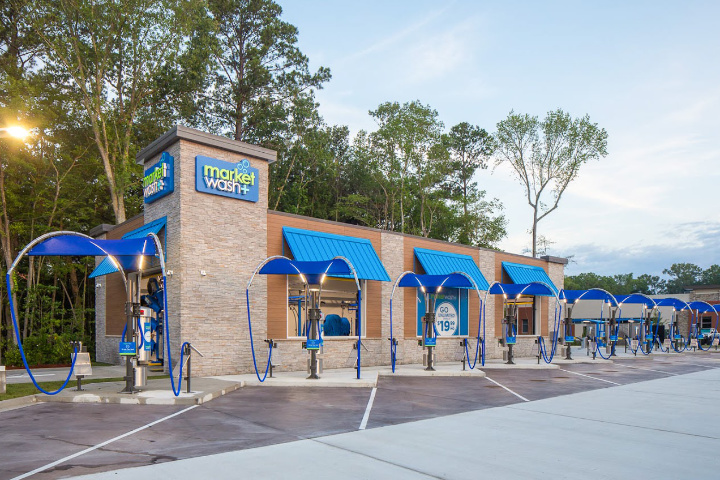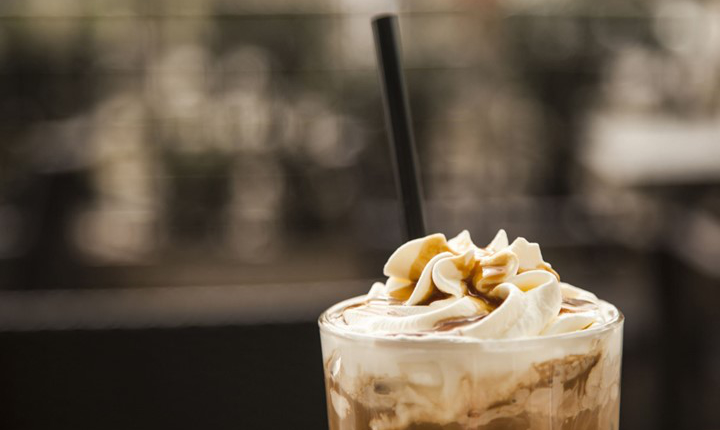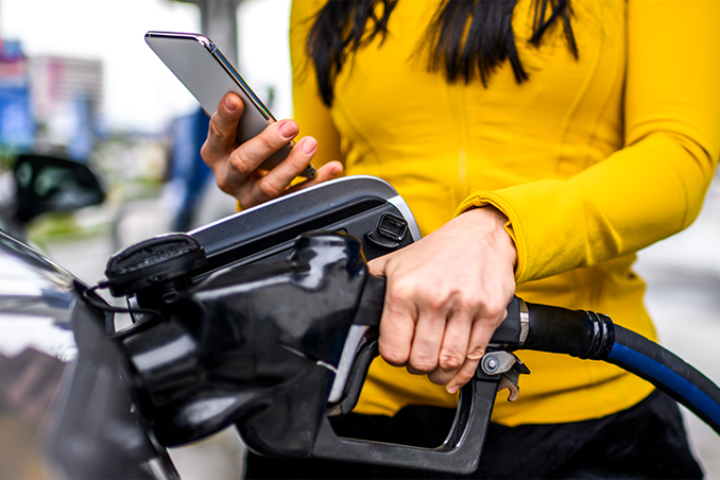There are some understandable reasons why many retailers continue to use stamp cards to track and reward customer loyalty. They’ve been around for over a hundred years and it’s easy to see why. They’re quick and cheap to print and use, don’t delay transactions at the till, or even need any staff training.
For many small stores, they are the easiest way to demonstrate some loyalty back to your customers, and hopefully build a pattern of buying their coffee or lunch from you. But the easiest option is unlikely to be the best option, and with smartphone penetration now at saturation in so many countries (over 80% here where I live), there are more and more reasons to consider enhancing those paper stamp cards with digital technology or launching a mobile loyalty programme.
Here are our top four concerns with traditional paper-based stamp cards and some ideas to implement a digital loyalty strategy for your business:
Fraud Risk:
Perhaps the biggest concern we hear with paper based stamp cards is the issue of fraud. This occurs both internally with staff as well as externally by customers. It’s incredibly easy for staff to discreetly stamp extra cards for their friends, or sign multiple times for customers they like, and there is no truly secure paper stamp process that can protect the business from this risk. While the costs may be manageable for low value products as coffee, using a paper stamp card approach for other categories such as salads, smoothies or car wash purchases is simply too risky.
Lack of Data:
As a commercially-focused marketer, like any business owner, my top priority is knowing who my top customers are. The ones I never want to lose! Clearly coffee shop customers are dramatically different to other sectors such as Macy’s department store, where 50% of their revenue come from the top 10% of their customers, but the principle remains that we reward you more when you spend more. Digital tracking is essential to gather data about purchase behaviours overall and ideally individually – allowing you build a relationship based on knowing as much as possible about your customers and using those insights to drive your business decisions.
Limited Mechanics:
While simplicity can be useful in loyalty programmes, it does affect your ability to run campaigns that fit your customer’s profiles. For example, some of the key characteristics of millennials include their expectation of instant gratification and personalisation. The more your customer base is dependant on this demographic, the more critical it is to go digital. As digital natives, they simply won’t bother with anything that requires waiting. You must demonstrate loyalty FIRST before expecting it in return (free second coffee anyone?).
Millennials are also the generation most likely to share their in-store experiences. A paper stamp card can’t facilitate the link to their social media channels where they connect with their network of family, friends and colleagues. You have to connect the dots for them.
Lack of Connection:
Paper-based stamp cards just feel so transactional. Let’s be honest, buying your daily coffee is not a relationship many customers invest hugely in, but simply stamping a card proves we don’t know (or really care) about WHO you are….. if the card says that it has ‘bought’ nine coffees, it’s getting a tenth for free. This article makes the point that loyalty is a two-way relationship by it’s very nature. If your ‘loyalty programme’ never moves beyond points and coupons, it’s not really loyalty. It’s just a 10% discount back.
Solutions and Suggestions:
Here are our top three reasons why we 100% believe digital stamp cards are better than physical ones:
Fraud Prevention (Cost Saving):
In the digital world, paper stamp cards can be used but combined with unique barcodes and POS integration to eliminate the risk of fraud. This makes them smart and secure. They are clever enough to include a setting to require a product lock, so the basket has to include the specific product category (for example a coffee, coke or carwash) for the customer to get a stamp. This means neither staff nor customers can abuse the system at your expense.
Rich Data:
Even without a full digital loyalty programme, this enhanced version of paper stamp cards (with barcodes and POS integrations) creates surprisingly good data. While it doesn’t capture who the customer is (and you can’t communicate with them outside the stores), you can analyse these enhanced cards overall to understand the frequency, habits and traffic patterns of your most loyal customers, across all categories of products.
The unique codes don’t change and follow the customer over time allowing you access to analytics you’ve never had insight on previously.
And with digital stamp cards in app – like the example below from 7-Eleven Norway – you know exactly who the customer is too.
Flexible Mechanics:
In order to reward your most loyal customers, digital stamp cards can be structured to drive the specific behaviours needed to drive your business objectives. For example, you can focus on driving purchase frequency ,with rewards, for example, for the 50th or 100th stamp, or make your customers return sooner.
With digital loyalty, you can use every interaction with the customer to drive the next interaction, with automatic follow-up rules to send the customer a new coupon, a survey, game or stamps, driving one visit to the next, similar to the Starbucks “treat receipt”.
Many loyalty programmes are also keen to recognise customers who achieve the top exclusive tiers, such as gold status, then special rewards can be awarded for these top customers in a way that paper based stamp cards will never be able to.
We also love programmes when the treats are very simply set at random to achieve “surprise and delight”.
In total, we offer over thirty different concepts of mechanics, based on our in-depth knowledge of convenience retail and consumer behaviour and psychology, in order to create truly innovative campaign concepts – in any combination you choose.
Contact us if you’d like to discuss ways to improve your customer loyalty using the latest marketing insights and case studies for proven results.
About Us:
Liquid Barcodes is a leading global loyalty and digital marketing technology company specialized for the convenience store and foodservice industries. Our proprietary cloud-based technology platform allow retailers to create and manage their digital marketing campaigns with a proprietary process we call the “customer connection cycle’ to engage, promote and reward customers activities in real-time across digital and media channels.
How we do it:
We have developed the most advanced loyalty and digital marketing technology platform specifically for convenience store and foodservice retailers globally.
Retailers use our self-service dashboard to create and manage loyalty driven marketing campaigns that increase purchases with their existing customers, as well as effectively target and acquire new customers through partners or paid media channels.
One core component of live loyalty is gamification. We have gamified branding, loyalty and promotions. We believe this approach is essential in order to get customers’ attention and ultimately truly engage them with repeatable actions thereby winning their loyalty.
Check out some of our exciting/proven results here:
About Me:
Chief Content Officer, Liquid Barcodes and Independent Loyalty Consultant.
With over twenty-five years marketing experience, I specialise in loyalty marketing consulting, managing consumer loyalty propositions, strategy and operations. In addition to working with Liquid Barcodes, my clients have included Telefonica O2, Three Mobile, Electric Ireland, Allied Irish Bank and The Entertainer, as well as Avios – the global points currency for some of the world’s top airlines. I am also a judge for the Loyalty Magazine Awards.
—————————————————————————————–


